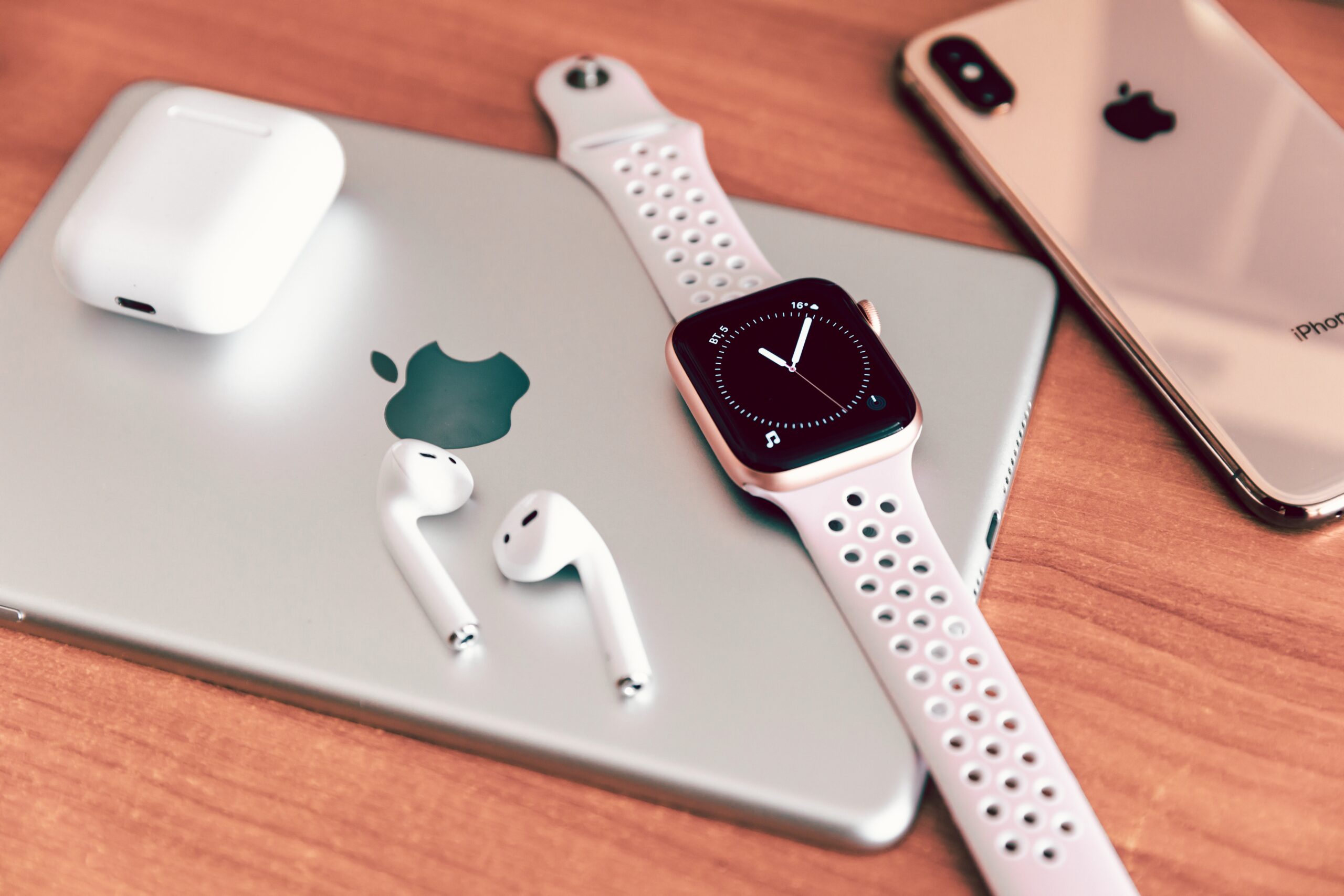In recent years, the dining industry has witnessed a significant transformation, with many establishments embracing design and technological elements reminiscent of Apple’s iconic aesthetic. This shift is not merely about adopting a sleek appearance; it’s a comprehensive integration of form, function, and technology aimed at enhancing the customer experience and operational efficiency.
Integration of Apple-Inspired Technology in Dining Spaces
Restaurants are increasingly embedding technology into their environments to streamline operations and offer personalized experiences. Central to this evolution is the incorporation of devices like iPads and iPhones into the dining process. Patrons can now browse digital menus, place orders, and receive real-time updates directly from their tables. This integration minimizes wait times and allows for a more interactive dining experience.
Moreover, the adoption of wireless charging stations, particularly those compatible with Apple’s MagSafe technology, enables customers to charge their devices conveniently while dining. Features such as Apple’s AirPlay allow patrons to stream content, adding a layer of personalization to their visit.
Minimalist Design Aesthetics: A Nod to Apple’s Philosophy
Beyond technology, the physical design of restaurants is undergoing a transformation influenced by Apple’s minimalist approach. Establishments are favoring clean lines, open spaces, and the use of materials like brushed aluminum and glass. This design philosophy creates an environment that feels both modern and welcoming.
Furniture designs are evolving to include smooth edges and modular setups, reflecting the sleekness associated with Apple products. Additionally, the implementation of touchless payment systems, such as Apple Pay, aligns with the brand’s emphasis on seamless user experiences.
Enhancing Accessibility and Inclusivity
Embracing Apple’s commitment to accessibility, restaurants are incorporating features that cater to a diverse clientele. Adjustable height tables accommodate patrons with varying needs, while compatibility with VoiceOver ensures that visually impaired customers can navigate digital menus and ordering systems with ease. These thoughtful inclusions underscore a dedication to creating inclusive dining environments.
Operational Efficiency Through Technological Integration
The influence of Apple’s design extends to the back-of-house operations as well. Mounted iPads display orders, recipes, and timers, facilitating efficient kitchen workflows. Tools like Apple Business Manager assist in managing devices across multiple locations, ensuring consistency and ease of use.
Furthermore, integration with Apple’s HomeKit allows restaurants to dynamically adjust lighting and music, creating tailored atmospheres that enhance the dining experience at different times of the day.
Future Trends: Augmented Reality and Smart Seating
Looking ahead, the fusion of Apple’s technology with restaurant design is poised to introduce innovative features. Augmented reality (AR) menus, powered by devices like Apple Vision Pro, could offer immersive previews of dishes, aiding customers in their selections. Smart seating arrangements that adapt to health data from Apple Health may provide personalized comfort, further elevating the dining experience.
Conclusion
The infusion of Apple’s design principles into the restaurant industry signifies a broader trend of integrating technology and minimalist aesthetics to create modern, interactive dining environments. By adopting these elements, restaurants are not only enhancing customer satisfaction but also optimizing operational processes, setting a new standard for the future of dining.



